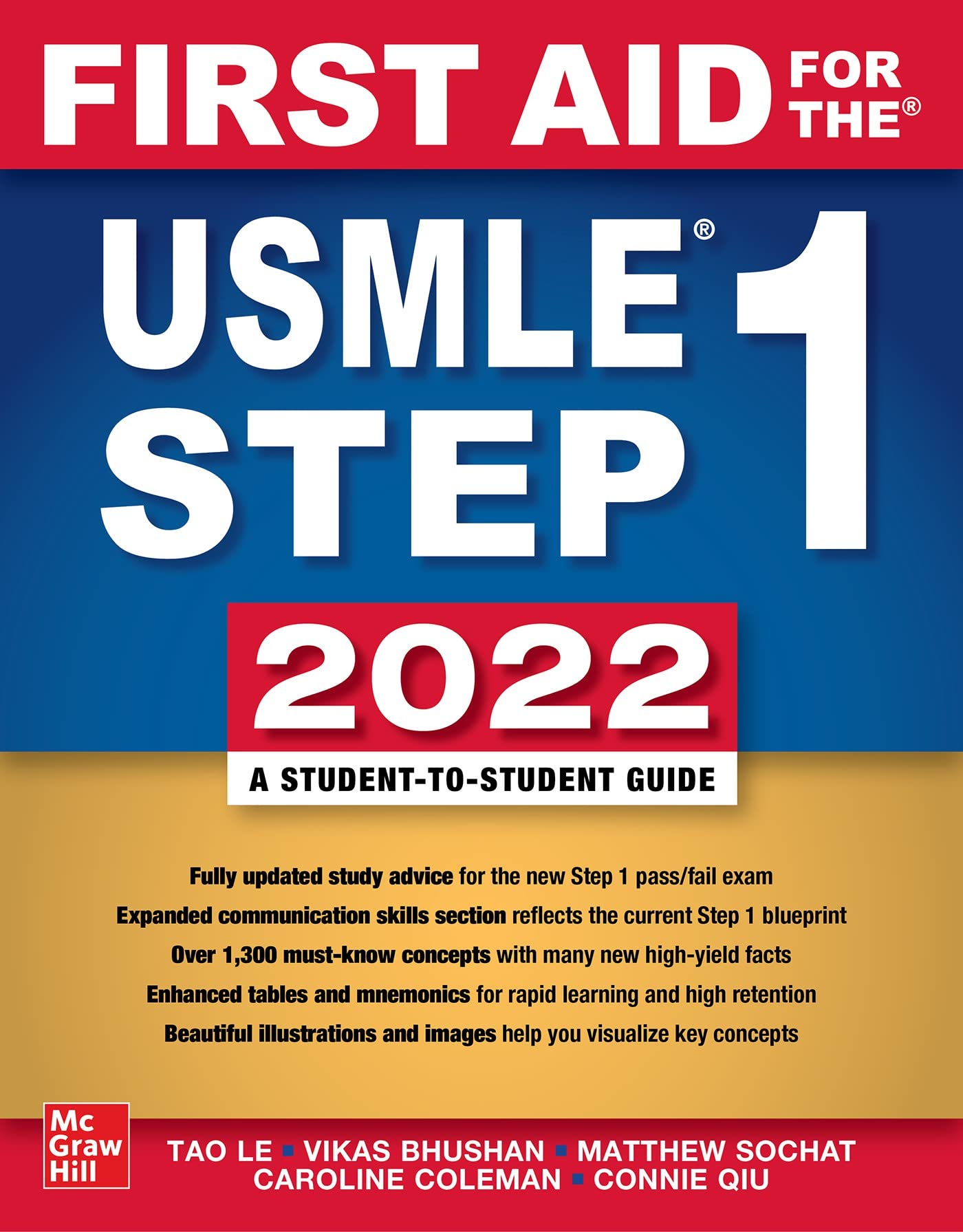USMLE Step 1: Types of Resources and their Strategic Uses
- by
- Mar 21, 2022
- Reviewed by: Amy Rontal, MD

As a Step 1 tutor, I commonly witness medical students dabble with Anki cards, slog through a third of UWorld, watch most of the Sketchy Micro videos, start Pathoma, answer half of the AMBOSS questions, take two NBME practice tests… and then lack the time to finish all they have started.
There are many resources available to help students prepare for Step 1, but most of them repeat the same content and strategies. If you are preparing for Step 1, the most important piece of advice I can give you is to select your resources wisely and to master each resource you start.
Content Review
Examples: Boards & Beyond, Doctors in Training, Divine Intervention Podcasts, Pathoma, Sketchy
Recommended Resource: Boards & Beyond
Before learning specific test-taking strategies, you need a foundational understanding of important medical content. Although some students have a strong knowledge base from their preclinical medical school coursework, many find Step 1 content resources helpful in filling gaps or refreshing what they have learned previously. Comprehensive resources are preferable to materials that focus on minute detail.
Step 1 consists of multiple choice questions that often require you to compare diagnoses, as well as to know relevant facts. If, for example, you are studying about shock, be sure to use resources that teach all the types of shock and directly compare them with each other. As a Step 1 tutor, I usually recommend Boards & Beyond, a comprehensive video library that walks you through the topics in the First Aid book step by step. Take notes while you watch the videos and then drill yourself on the material.
Recommended Resource: Most updated version of First Aid
First Aid is the undisputed student favorite for content review! However, to get the most out of its graphs, tables, and lists, orient yourself to the material you are trying to memorize. Familiarize yourself with individual topics through videos or other text resources as needed. Instead of just reading First Aid from cover to cover, read actively! Focus on one chapter at a time, and ake notes or record an audio file when you encounter a new piece of information that you are learning. You might also read through one page and then test whether you can teach the material to your cat (or an imaginary, actually interested audience) without looking down at the page. If you’re able to do so, you’ve mastered the concept.
Question Bank
Examples: UWorld, Kaplan, USMLE-Rx, AMBOSS
Recommended Resource: UWorld
Banks of multiple-choice questions have two purposes: content consolidation and test-taking strategy improvement. Don’t worry about your overall percentage of correct questions as you make your way through the bank; rather, treat each individual incorrect question as an opportunity to reinforce a content detail or test-taking strategy. If you have enough time in your study plan, I recommend that you make two complete passes through UWorld to ensure that you learn as much content and test-taking strategy as you possibly can.
Practice Tests
Recommended Resource: All NBME Self-Assessment Tests
The National Board of Medical Examiners (NBME), the organization which produces the actual Step 1 exam, regularly publishes practice tests. These tests are available for purchase on the NBME website and are an important way to prepare for the exam. The practice materials include a brief tutorial, which teaches you how to highlight parts of the question stem and to cross out answer choices in the NBME platform. They consist of four sections of practice questions (50 questions per section, 200 questions total). After you’ve completed an NBME practice test, check the correct answers within twenty four hours and read the NBME’s corresponding explanation. Review and understand all the corresponding material if you make a mistake.
Take these NBME practice tests under testing conditions. Use them as an opportunity to work on test-taking stamina and to determine how you should structure your small breaks on a test day. The NBME practice tests are 5 hours long. They have 4 sections with 50 questions in each one. You have 1 hour and 15 minutes to complete each section. The actual Step 1 will have 7 sections with 40 questions each. You will have one hour to complete each section. After finishing a practice test, you may consider studying for a couple of additional hours in order to replicate the length of the actual test.
The Free 120
Recommended Resource: All Free 120 Questions (a few days before exam day)
The NBME website also publishes a free set of 120 questions and explanations for students to use before their Step 1 exam. Because these 120 questions are the most similar to actual Step 1 questions, I recommend that you take them (and learn from their correct answers and explanations, of course) during the days leading up to your exam.
Caution: Avoid Resource Overload
I commonly see students overwhelm themselves by incorporating a myriad of Step 1 resources into their study time. You don’t necessarily have to fill a dedicated study period with Anki, Pathoma, Sketchy, Firecracker, AMBOSS, Osmosis or any of the other resources that teach content detail by detail. Resources that focus on small details rather than comprehensive overviews should not take up a majority – or even a minority – of your dedicated period’s study time.
Focus on These High-Yield Resources
When limiting Step 1 studying resources during a dedicated study period, the following tools are absolutely essential:
1) A Question Bank resource (such as UWorld)
2) The most current edition of First Aid
3) NBME practice tests (Complete your last test approximately a week before exam day.)
4) NBME’s Free 120 questions by the NBME (Complete them a few days before exam day.)
Many students also find it helpful to include a fifth resource that walks them through comprehensive content review, such as Boards and Beyond. Take an NBME practice exam at the very beginning of your study period. If you are within 20 points of your target score, completing a question bank such as UWorld will likely provide the content review you need. If you have more progress to make, however, it may be helpful to build or refresh a foundation of content at the beginning of your study period.
Content review and test-taking strategies are key to success on Step 1, and following these tips will help you master those important areas!











